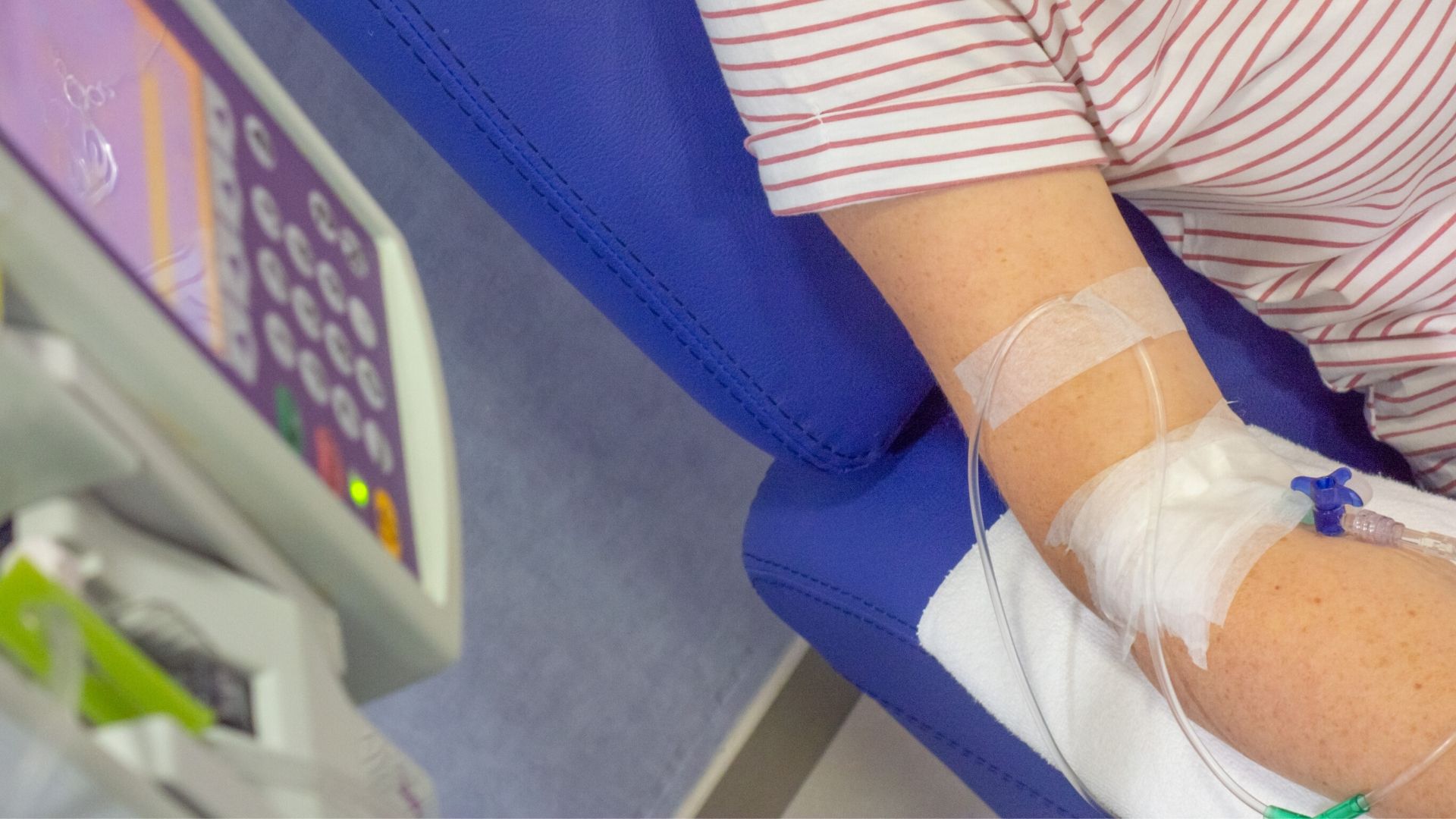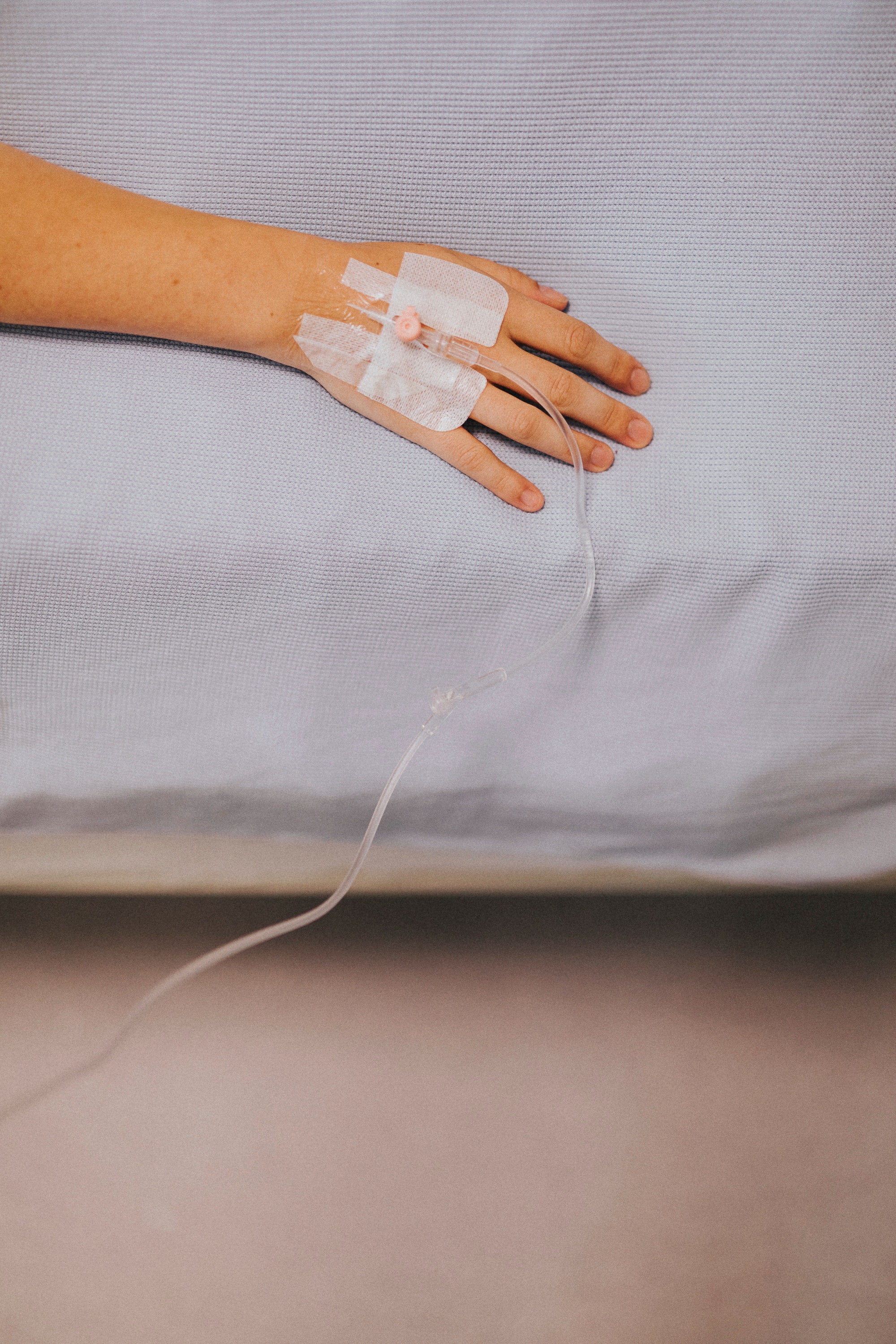Inflammatory breast cancer

What is inflammatory breast cancer?
Inflammatory breast cancer is so called because the skin has a reddened appearance – similar to that seen with some infections of the breast.
The redness is caused by breast cancer cells blocking tiny channels in the breast tissue called lymph channels.
The lymph channels are part of the lymphatic system, which helps your body defend itself against infections.
Is inflammatory breast cancer common?
No. Only 1 or 2 in every 100 breast cancer cases are this type.
How is inflammatory breast cancer treated?
Inflammatory breast cancer can grow more quickly than other types of breast cancer, so you will usually start treatment straight away.
- Chemotherapy. You will usually be offered chemotherapy first. Chemotherapy can reduce the size of the tumour and make it easier to remove with surgery. Chemotherapy can also destroy any cancer cells that have spread outside the breast.
- Surgery. Usually you will have surgery after chemotherapy. Usually the whole breast is removed (mastectomy), but it may be possible to remove only part of the breast. It depends on where the cancer is and how well the chemotherapy worked. Your surgeon will probably also remove most or all of the lymph nodes in the area while he or she is removing the tumour. This is called axillary lymph node dissection (ALND) or axillary clearance. Read more about lymph node surgery.
- Radiotherapy. Radiotherapy to the chest wall can help to reduce the risk of the cancer coming back in the treated area.
- Hormone therapy. If your cancer has hormone receptors that help the cancer to grow (oestrogen-receptor positive (ER+) cancer), you may have hormone therapy drugs. Most inflammatory breast cancers are hormone-receptor positive.
- Targeted therapies. If your cancer has a high number of HER2 protein receptors, you might have targeted therapies (trastuzumab).
For more information
Phone
1800 200 700






